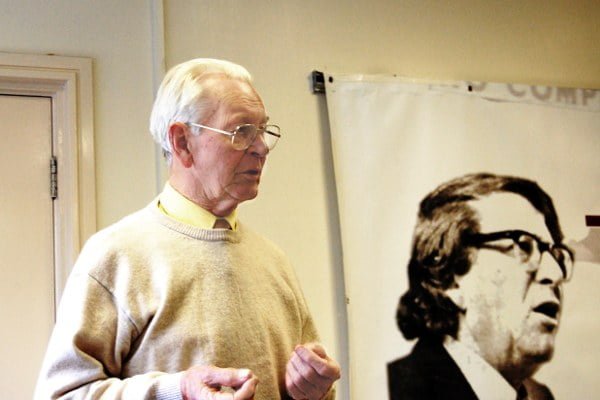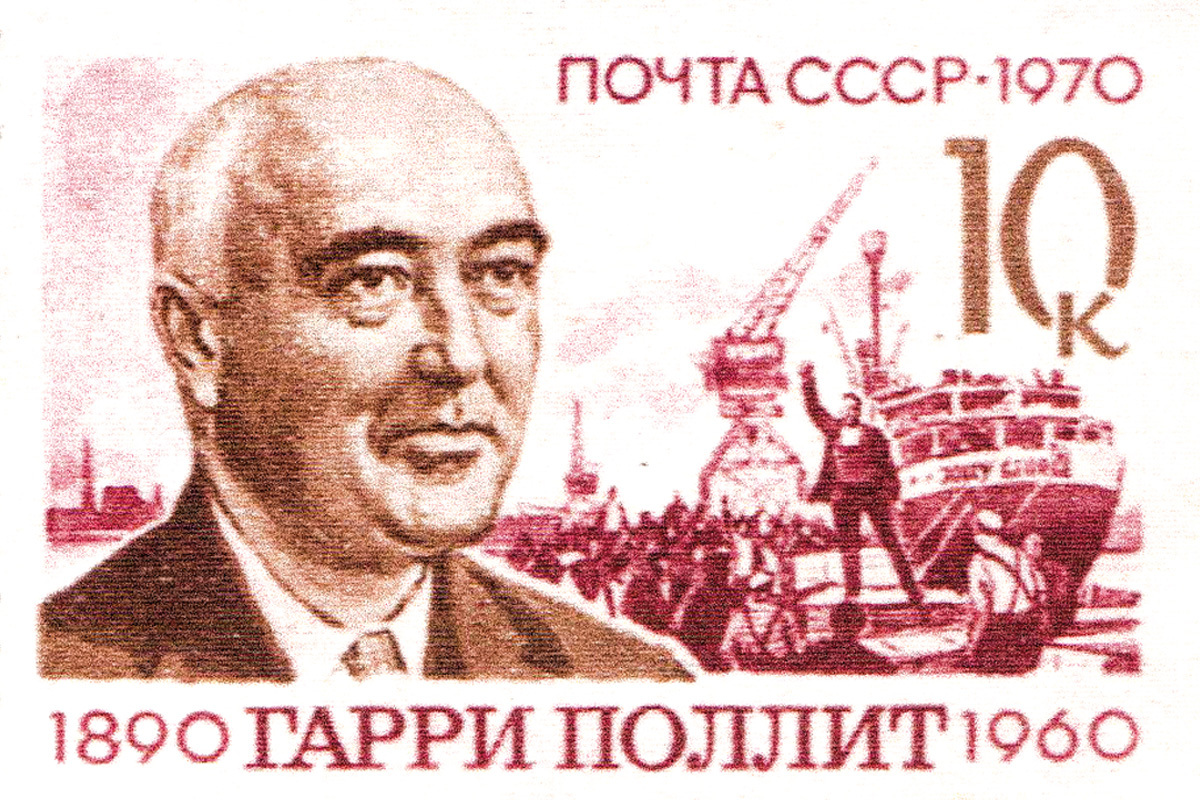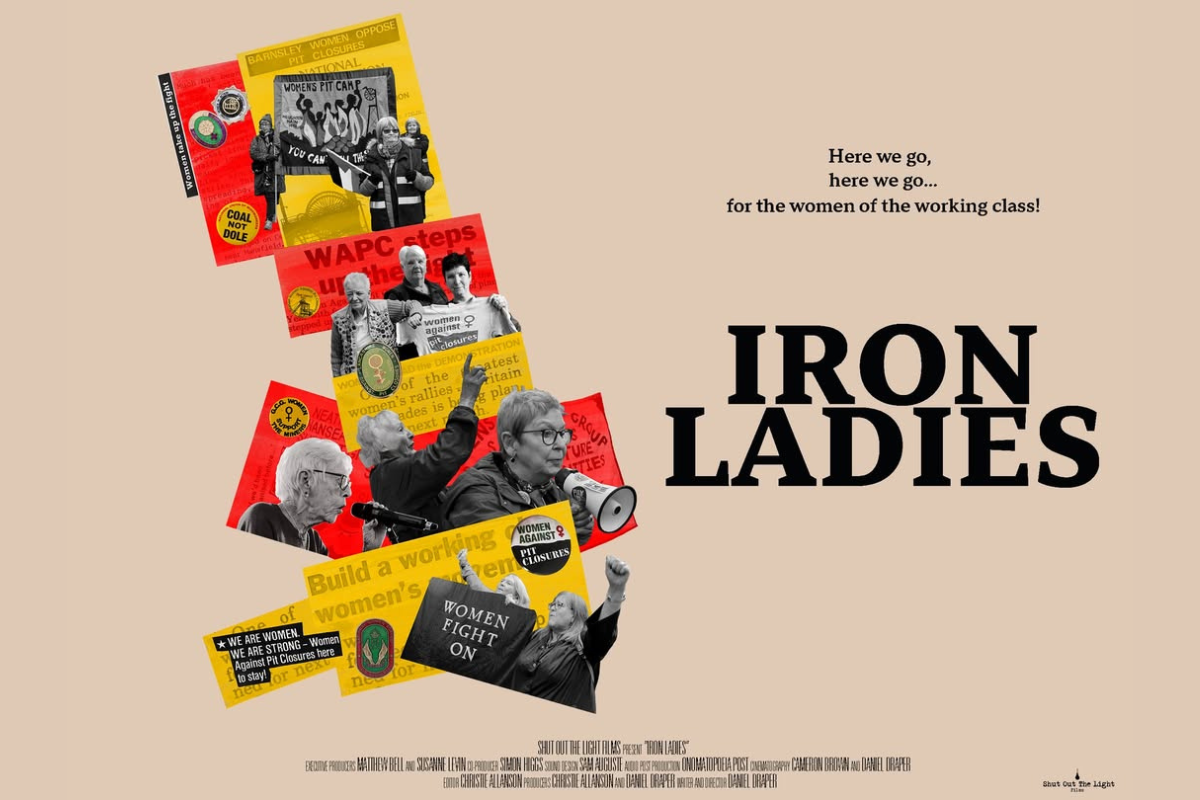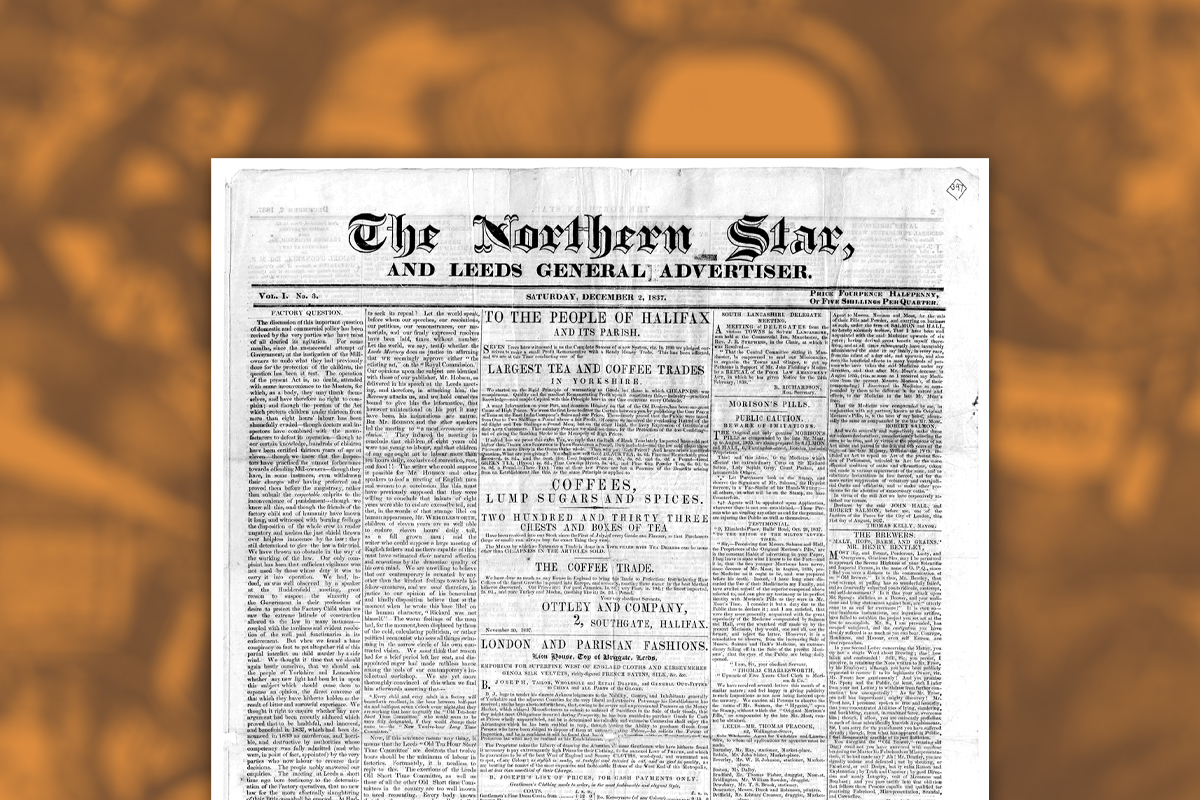26th October 2013 marks the 89th birthday of comrade Bill Landles, a longstanding supporter of Socialist Appeal whose activity goes right back to the days of the Revolutionary Communist Party during the Second World War, where he played a role in the apprentices’ strikes. To celebrate Bill’s birthday, we are publishing (in two parts) a transcript of a speech by Bill on the apprentices’ strikes of 1944.
Part one:
To understand the apprentices’ strike, I don’t think you can actually begin with the situation in 1944. You’ve got to try and put it in the perspective of what had previously happened, particularly during the 30s, when, in fact, during that depression, the working class was severely pauperised, suffered hardship, and the economy was at a very low ebb. This was the case until such times as preparations were being made for a war which seemed quite imminent to most people.
But the war itself did not interrupt the general class struggle of the ‘30s, because the class itself is always fighting the class war. The difference the war made simply was that, although there would still be the problems between workers and employers during the war as during peacetime, the attitude of the working class would be quite different towards the war in comparison to the attitude of the capitalists. This would cause friction, because the workers in Britain were perfectly aware of the same kind of problems, and greater ones, that existed for the German working class as they themselves had to face. So the war itself did not produce a definite end to any struggles of the workers.
The particular strike we’re talking about, the apprentices’ strike of 1944, took place after a previous strike in 1941. In fact, it’s surprising to note, that when you look at the figures for strikes, the highest number of days lost through action happened in 1944. In that year there was 1, 800,000+ days lost to strike action. This was because the war was a very good time for the capitalist class to make not only profits but super profits. This was because the government had inaugurated a system whereby there was a guaranteed profit made by armaments manufacturers and by all of the other normal capitalist activities.
Where I worked, which was a very large factory called Reyrolle’s, there was 400 apprentices and 14,000 people working there, and the factory was worked on the basis of what was called the 10% plus. In other words the firm worked out what the actual costs of production would be over a particular period and the government simply added 10% to that. This meant that the factory owners were guaranteed that they could make a 10% profit. This was the general agreement which existed during the war years between the government and the industrialists. During the same time though, the increase of the wages of the workers was only about 3%. It was even less for apprentices, who also had certain other restrictions. If you served indentures, which was the agreement between you and your employer, very often this included such stipulations as you were not allowed to go out on strike, and there were other restrictions concerning the length of time that you served. So the position that existed during the war was that although the class struggle was obviously subdued in general, it certainly was still very much in evidence in some particular industries during that time.
The apprentices’ strike arose because there was at the time a serious shortage of people working down the pits. This was mainly because the government got their policies quite wrong at the outset of the war, in that they actually called up all of the young men for service, including those who worked down the coal mines. This lead to a deficiency of young workers in the coal mines and the older workers who were left there could in no way produce the quantities of coal that were required. This was particularly the case during 1944 when the final preparations were being made for the invasion of the continent. So the government found themselves with a very serious problem, in getting enough coal to keep the war machine actually running.
To try and solve this problem they looked around and the only areas where they felt there was a sufficient surplus of labour was actually among young people. That surplus of young people was simply only surplus in the sense that they weren’t currently working down the mine; they were working in all kinds of other occupations.
In the beginning, they assumed of course that being young, inexperienced, and the like that it would be far easier to actually conscript these young people into the mines, rather than go for any other section of the working class. They were quite mistaken in this. They then, with the approval of the TUC and the trade unions, particularly the AEU, which at the time and had been for many years, dominated by the Communist Party, went ahead with legislation to actually conscript young people into the mines.
The reaction of the young apprentices quite astonished everybody. Everyone was completely taken by surprise when they found that, in fact, these young apprentices, who may have been young in years, were quite old in their experience of the class struggle. Because it was their fathers and relatives who worked down the mines and they were fully aware in fact of the kind of work that was done there. A surprising figure, which was actually revealed by the industrial reporter of the Daily Express, was that during the first year of working down the mines, approximately one third of young workers were actually maimed or killed and it was pointed out that it was more dangerous and you were more likely to be actually injured or killed during your time in the mines then it was if you were in the armed forces. The name of the reporter was Trevor Evans, who was in fact a fairly reactionary, right-wing reporter at the time. These were the general conditions in the mines at the time when Earnest Bevan started his scheme which became known as the Bevan Boys scheme. The boys that were going to be Coaling (working down the coal mines) were called Bevan Boys. The reaction of the Apprentices particularly, was immediate as they in fact completely sympathised with the Miners because as I’ve said, many of them had fathers who actually worked down the mines, and they themselves during those years had experienced in their own working life, the problems of working in factories on very low wages.
Apprentices were constricted in many ways and one of them was that in fact we were not allowed, according to our indentures, to actually join Trade Unions. This lead to a situation in which the first reaction of the young workers, to this legislation, was in fact to organise and form ourselves into committees. Now on Tyneside, this became known as the Tyneside Apprentices Guild. Also during that time among young people there were actually quite a few who were already politically conscious. They weren’t revolutionaries, I mean they weren’t particularly left wing but at least they were politically conscious. This was a reflection really of the class struggles which they had themselves witnessed and which had particularly affected the Coal Mines in the North East. They had every sympathy with the coal miners. They had no sympathy with the bosses, who particularly coal owners, were making extravagant profits, from their proceeds during the war. So initially, we formed this Tyneside Apprentices’ Guild and at the first meeting elected various people. We elected a Chairman, secretaries and organisers whose functions it was to make contact with apprentices in other industries apart from the one they were working in.
At the time, one apprentice in particular was quite unusual. He was called Bill Davy. Davy was already quite a political person in that he was actually a member of the Communist Party, which, strangely enough, was almost a contradiction in terms, because the Communist Party together with the trade union bureaucracy and the AEU, the engineering Union, which was completely dominated by the Communists, was playing a strikebreaking role. He therefore found himself in the situation where, although a member of the Communist Party, he felt naturally that his first loyalty was, in fact, to the apprentices. He was a fluent speaker and quite knowledgeable politically, and he became the leading figure at that time in the Apprentices’ Guild that we formed, and was elected as the Chairman of the Guild.
In the beginning we accepted the idea that what we should do is simply write to the Minister of Labour, Ernest Bevan, who of course was an ex-trade union bureaucrat, and make an appeal to inform him of the fact that we did not think that the solution to the problem of getting more coal was to send young, inexperienced (as far as coal mining was concerned) young people down into the pits; and we put forward that the only solution to the problem of getting more coal was to nationalise the pits. So the apprentices quite instinctively, on a class basis, put forward the slogan: nationalise the pits under control of the working class.
We did actually receive a sympathetic response from a number of left-wing members of parliament including Jim Maxton, Aneurin Bevan and one or two others who were regarded as left wing MPs. They actually took up the cause of the apprentices and every effort was made to try and get some kind of understanding with Ernest Bevan. But Ernest Bevan rigidly stuck to his plan of introducing the Bevan Ballot scheme to send young people down the pits. His thoughts were, “We’re dealing with young people. They’re inexperienced; they won’t have had any previous experience of organising and going on strike.” So he didn’t expect that there would be any trouble at all from the young people when they were conscripted to go down the pits.
This response obviously wasn’t satisfactory as far as the apprentices were concerned and by this time it was only on Tyneside, where I worked, and with apprentices in some other parts of the country, but particularly on Tyneside and in the midlands, that there was actually a response to this idea of conscription in the same way. On receipt of these refusals from Bevan to do anything about our demands, we said that if any apprentice was actually conscripted to be sent down the pits, we would actually then come out on strike. This didn’t worry Earnest Bevan or any of the trade union bureaucrats who actually supported Bevan and his policy.
However, through the Guild we had sought out the help of Roy Tearse, who in fact at the time was the industrial organiser for the WIL (Workers’ International League), and who sympathised with the situation of these young people. He was contacted by Bill Davy, asking for support because he himself, although then a full time organiser for the WIL, had previously worked in industry. He worked in aero-engineering for a time and then in other jobs and it was felt that his experience and support would be invaluable in this struggle. It was only because of a physical disability that Roy was no longer able to work, but then he actually became very active in trade union and political work. So there was some guidance at times when necessary, when it was needed for the young apprentices from the point of view of general organisation.
The first call up was a young man whose name I can’t remember, but there was a call up of one young worker, who was sent papers to say that he had been conscripted and had to actually to report for work down the mines. Once that was known by the apprentices a further letter was sent. This was to Earnest Bevan reinforcing our position that if one single young person was conscripted, we would come out on strike. It’s a strange thing to note, but in fact the first person to be conscripted was done so quite wrongly. In fact within the rules and regulations he actually should not have been conscripted because they intended to pick one out of every ten young people to go down the pits, but they had also said that some young people working in particular industries – those industries which in a sense could be said to be directly concerned with the particular requirements of conducting the war – would actually be absolved from this. This didn’t go down at all well with the apprentices. As far as they were concerned, they were going to defend young people whether they were apprentices or not apprentices, no matter what industry they worked in. It didn’t matter whether they were butchers, bakers or what they were; the determination was that no young person was to be sent down the pits.
In response, a delegation was assembled to go down to parliament and to see Earnest Bevan and see what they could do personally. They went down to London. They were met by a number of MPs down there who had by then formed a supportive association in particular to raise funds on behalf of the apprentices, and this association did include people at the time like Aneurin Bevan. Aneurin Bevan himself actually was one of the supporters and was part of this MP’s organisation raising funds. However, the apprentices and the supportive association actually had no success whatsoever in trying to get Earnest Bevan to come and meet them in person. He was quite adamant that there would be no discussion with the apprentices and in fact his position was still as it had been before they went down.
This was the position for about another fortnight when another young person had actually received papers to say that he had been conscripted. At that point the apprentices simply said, “That is it. We’re going out on strike.” So between the Friday, when we received the information about conscripting young people, and the following Monday, the apprentices had managed to organise so that on that Monday we came out on strike. In the factory where I worked, 400 apprentices came out on strike. There was not a single apprentice left in the factory.
On notice that they were coming out on strike, I went to see the manager, because at the time I was the apprentices’ representative in Reyrolle factory. I went and saw the manager and I explained to him that we were coming out on strike. – that it wasn’t against the firm, it was against the conscription of young people into the mines. His attitude was somewhat neutral, but certainly he made no attempt whatsoever to try and persuade me to any actual course other than what had been decided by the Apprentices’ Guild. This particular manager himself had actually been in the services in the First World War, and I suspect also that he had sympathies which he didn’t announce at the time with the actual apprentices as far as their solution to the problem of getting coal was really to nationalise the mines.
The only person who didn’t come out on strike from our factory was one young fellow who was eighteen and who came to the strike committee which we had; he was married and his young wife was within a fortnight of having a baby so he was exonerated and allowed actually to go into work. So out of the 400 apprentices in our factory, 399 were on strike and one had been given permission not to join us.
The response from the trade union bureaucrats was one of utter astonishment. They had not thought for one moment that there would be the kind of response that there was, because as soon as the apprentices came out on strike in an area or a company where they worked, other strikers came out. On Tyneside this happened at Vickers Armstrong (an arms manufacturer), and in the ship yards. In fact, I think probably every engineering and shipbuilding yard on the Tyne had a similar response to what we had in our factory. Also the apprentices came out on Clydeside, Huddersfield and in the Liverpool area. I’m not quite conversant with every area where this happened, but the effect actually on the trade union leaders, and presumably Earnest Bevan, was quite electrifying. It was totally unexpected. And it showed that although we were all young at the time, nevertheless, even until then our experiences – both of ourselves, and of course of our fathers, older brothers and the like who had either worked in the pits or were associated with them – was such that there was an immediate sympathy from other workers in the factory where I worked. The men who worked there actually were fully supportive of the apprentices coming out on strike.
Now, the strike actually was quite solid in most of the areas but after about a week or so some apprentices began to drift back into work which was inevitable and expected really. But there was no attempt made to actually send any apprentice that I know of, certainly not from the factory where I worked; no apprentice was ever actually conscripted and sent down the mines. So the 1944 apprentices’ strike was really in a sense a watershed, in that it did demonstrate that young people still actually understood the question, that, whether in peace time or during war, the class struggle itself was a continual prevailing part of their lives.
The strike was resolved because the apprentices won it – because in fact there wasn’t a single apprentice actually sent down the mines at all. The Bevan Ballot Scheme was just a complete fiasco. For young people – who I think were mainly university graduates and the like, some of these people who were sent down the pits – there was no guarantee given that if you went down the pits before you had finished serving your time on your apprenticeship that your job would be still there to go back to when you were eventually released by the coal mining industry.
Some tongue in cheek promises were made but there was no guarantee that there was even going to be a job to go back to. Immediately it was quite evident that after the war there would be a tremendous decline in the industrial economy; there would no longer be production of guns and armaments and shells and aircraft and all the rest of it. So it was accepted that it would be very difficult to find any kind of employment after the war, and there were no guarantees given to young people going down the pits at that time. So that the apprentices strike was actually quite a magnificent victory on behalf of the young people. No question about that.






